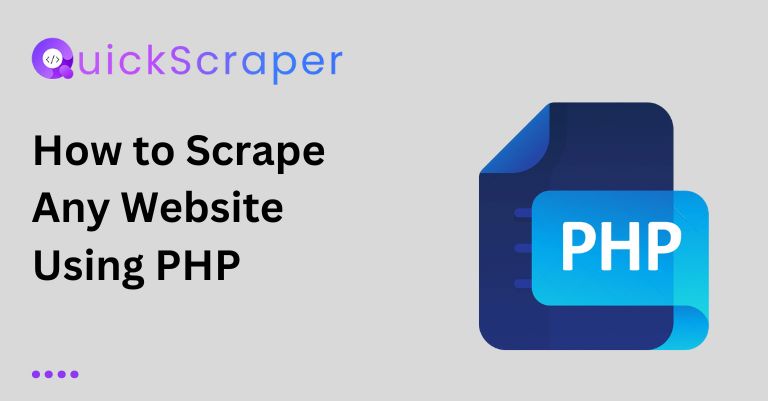
How to Scrape Any Website Using PHP
How to Scrape Any Website Using PHP Do you hate manually copying and pasting data from websites? With web scraping, you can automate the process
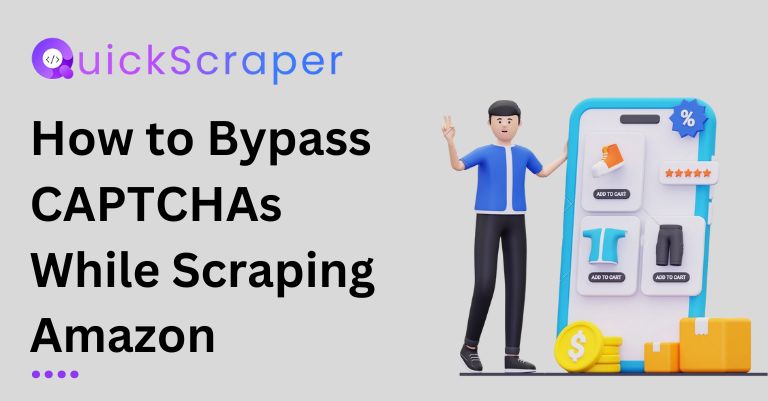
Web scraping has proven to be a very powerful tool, enabling users to gather information from a wide range of online sources in one place. Despite this, there are still some challenges associated with the process of web scraping. To stop automated scraping, platforms such as Amazon erect CAPTCHAs (Completely Automated Public Turing Tests) to guard their defenses. Data extraction from such websites is difficult due to these meticulously crafted puzzles separating human interaction from automated bot interaction. If you’re looking for a solution to bypass those CAPTCHAs, here’s the guide.
Using QuickScraper, we’ll explore a solution for bypassing CAPTCHAs while scraping Amazon.
The provided code uses the Python library requests and BeautifulSoup to scrape data from Amazon. Here’s a breakdown of the code:
import requests
from bs4 import BeautifulSoup
import json
access_token = 'L5vCo5M4n7pI1J8WZYNh'
This access token is required to authenticate with the QuickScraper API.
url = f"<https://api.quickscraper.co/parse?access_token={access_token}&url=https://www.amazon.com/s?k=laptop>"
This URL includes the access token and the target Amazon URL for scraping.
response = requests.get(url)
By sending a request to the QuickScraper API, you bypass the CAPTCHA on Amazon’s website. QuickScraper handles the CAPTCHA challenge on your behalf and returns the HTML content of the requested page.
soup = BeautifulSoup(response.text, 'html.parser')
The HTML content returned by QuickScraper is parsed using BeautifulSoup for further data extraction.
productItems = soup.find_all('div', class_=['s-result-item', 's-asin'])
products = []
for product in productItems:
title = product.find('span', class_=['a-size-medium']).text.strip() if product.find('span', class_=['a-size-medium']) else None
price = product.find('span', class_=['a-price']).text.strip() if product.find('span', class_=['a-price']) else None
img = product.find('img', {'class': 's-image'})
img_url = img.get('src') if img else None
foundItem = {
"title": title,
"price": price,
"image_url": img_url,
}
products.append(foundItem)
This part of the code extracts the title, price, and image URL of each product found on the Amazon search results page.
with open("products.json", "w") as file:
json.dump(products, file, indent=4)
The extracted data is saved to a JSON file named “products.json” for further processing or analysis.
With QuickScraper, you can scrape Amazon and easily bypass CAPTCHAs. QuickScraper offers you the option of retrieving HTML content from a page without having to overcome the CAPTCHA challenge. This code illustrates how to extract data from Amazon search results using QuickScraper Python’s requests and BeautifulSoup libraries.
Remember to scrape websites responsibly and in compliance with their terms of service. If excessive scraping is conducted, it could overload the server of the target website, resulting in performance issues or legal repercussions.

How to Scrape Any Website Using PHP Do you hate manually copying and pasting data from websites? With web scraping, you can automate the process
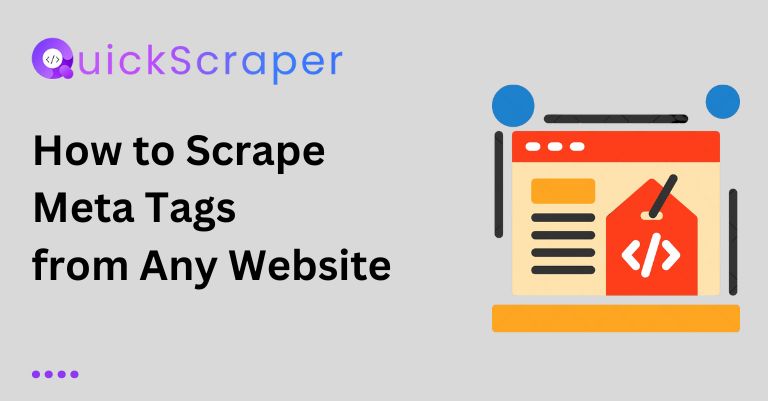
How to Scrape Meta Tags from Any Website Meta tags are snippets of text that describe a website’s content, and search engines use them to

How to Scrape Images from Any Website Scraping images from websites can be a useful technique for various purposes, such as creating image datasets, backing
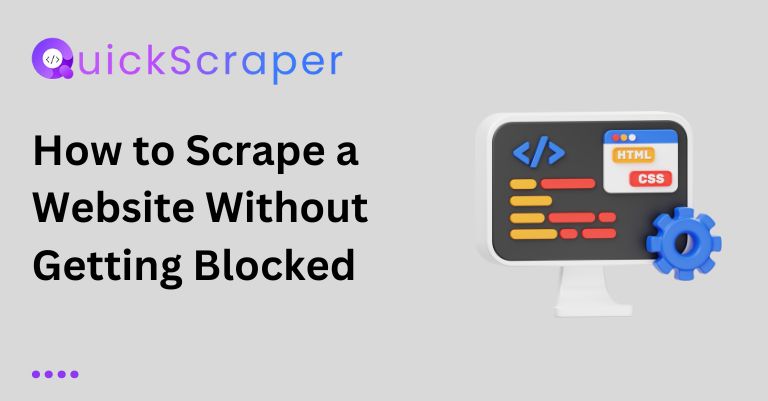
How to Scrape a Website Without Getting Blocked: A Developer’s Guide Web scraping, as a powerful tool, is beneficial for developers, giving them the power
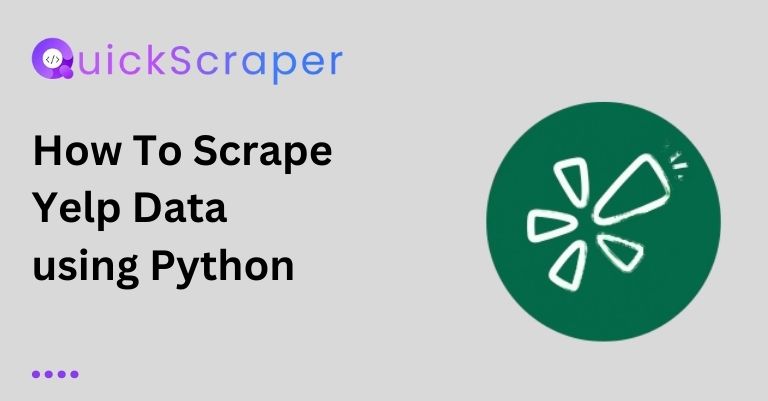
How To Scrape Yelp Data using Python Web scraping is the process of extracting data from websites automatically. In this blog post, we’ll learn

How to Scrape Stock Prices Every Day using Python In this blog post, we will learn how to scrape stock prices from a financial website
By clicking “Accept”, you agree Quickscraper can store cookies on your device and disclose information in accordance with our Cookie Policy. For more information, Contact us.